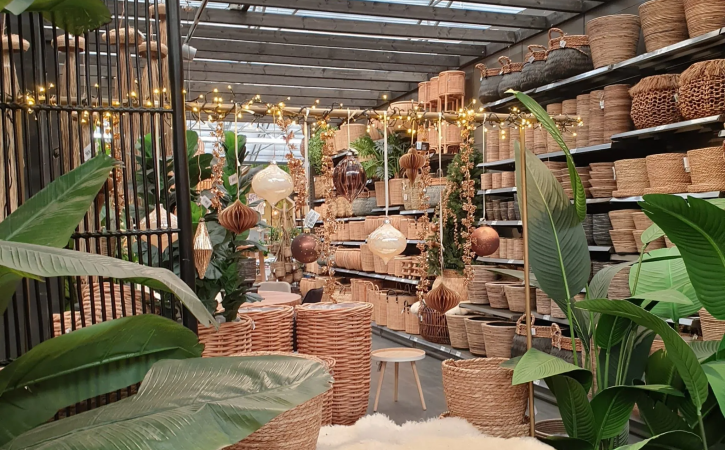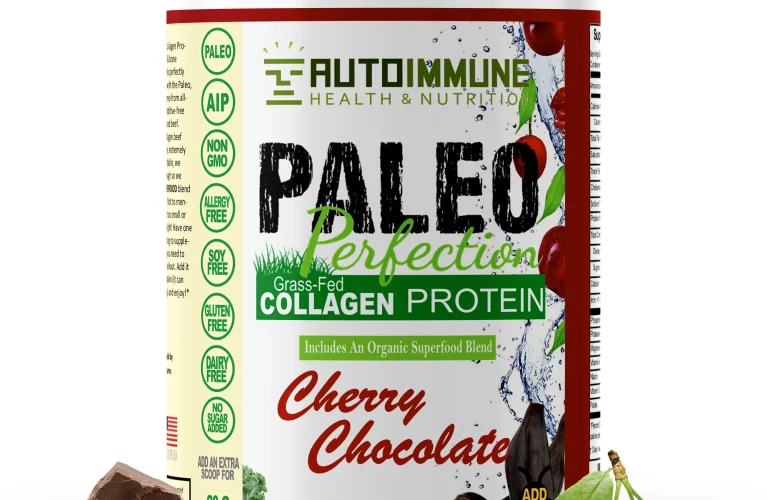
In an era where ecological balance and sustainable development are top priorities, architecture and environmental design are evolving rapidly. Today’s innovations are not just about building structures—they’re about crafting experiences that harmonize with nature. Two such domains that exemplify this evolution are Glasshouse Design and the visionary ways we Design Wildlife Sanctuary spaces. These concepts fuse architectural brilliance with environmental consciousness to create sustainable ecosystems that serve both human curiosity and wildlife preservation.
Understanding Glasshouse Design as an Eco-Innovation
Modern Glasshouse Design has come a long way from the traditional greenhouses used to cultivate plants. It now stands as a symbol of sustainable luxury, energy efficiency, and biophilic design. A glasshouse today can serve many functions—from botanical exhibits and residential conservatories to experimental research stations and climate-controlled biodiversity pods.
One of the striking features of contemporary Glasshouse Design is the use of intelligent materials. Glass coated with photochromic or thermochromic films adapts to light and temperature conditions, reducing the need for artificial cooling or heating. This approach not only conserves energy but also maintains an environment optimal for plant and animal life inside.
The integration of passive solar design principles is another cornerstone of modern Glasshouse Design. Architects now position structures to maximize natural light, and strategically place vegetation to regulate airflow, thereby reducing carbon footprints. The emphasis is on creating a self-sustaining ecosystem that is visually stunning and environmentally responsible.
Why We Need to Design Wildlife Sanctuary Spaces Intelligently
As urban expansion continues, the demand to Design Wildlife Sanctuary spaces that protect natural habitats is increasing. Sanctuaries are no longer just about fencing off areas of land for wildlife—they’re about creating safe, dynamic environments where flora and fauna can thrive with minimal human interference. But more than that, modern sanctuaries serve educational and conservational purposes, allowing humans to reconnect with nature.
To Design Wildlife Sanctuary environments effectively, ecological sensitivity is key. Designers must consider native species, migratory patterns, water resources, and vegetation zones. Smart sanctuary design also integrates corridors for animal movement, viewing decks for minimal-impact tourism, and onsite research facilities.
Perhaps most importantly, these sanctuaries should embody sustainability. Using natural building materials, harvesting rainwater, and employing renewable energy sources like solar and wind power are no longer just ideal—they’re essential components of sanctuary design.
The Intersection of Glasshouses and Sanctuaries
A compelling trend today is the merging of Glasshouse Design principles into the layout of sanctuaries. Imagine biodomes that simulate distinct habitats—rainforests, deserts, wetlands—all under climate-controlled glass structures. These are especially valuable in regions with extreme weather, allowing species to thrive despite environmental constraints.
Combining Glasshouse Design with the aim to Design Wildlife Sanctuary spaces creates immersive, educational, and protective environments. This approach allows endangered species to be conserved in near-natural settings while also facilitating scientific study and eco-tourism.
A well-designed sanctuary incorporating glasshouses can allow year-round operation, minimize disturbance to wildlife, and offer visitors unforgettable experiences. It’s not just a conservation space—it becomes a living classroom and a beacon for environmental advocacy.
Case Study Approach: The Role of Visionary Design Firms
Firms that understand both architectural innovation and environmental ethics are crucial to this movement. green conceptors, for instance, is an emerging name in sustainable design. Their approach to integrating Glasshouse Design into natural landscapes speaks volumes about the future of ecological architecture.
Working closely with biologists, conservationists, and renewable energy experts, green conceptors has been part of transformative projects where sanctuaries are not just safe havens for wildlife but hubs of learning and tourism. Their ability to harmonize aesthetics, functionality, and sustainability helps redefine how we Design Wildlife Sanctuary systems for the modern world.
Looking Ahead: Designing for Climate Resilience
The dual disciplines of Glasshouse Design and sanctuary development are becoming essential tools in the fight against biodiversity loss and climate change. As more species become endangered and natural habitats shrink, human intervention—when done responsibly—can aid survival and adaptation.
Climate resilience is now a non-negotiable element in these designs. For instance, incorporating flood mitigation systems, fire-resistant materials, and drought-tolerant flora within both glasshouses and sanctuaries ensures long-term viability. Designers are increasingly leveraging geospatial data, AI simulations, and renewable tech to anticipate environmental shifts and plan accordingly.
Final Thoughts: Building a Greener Tomorrow
The future of Glasshouse Design and sanctuary planning lies in collaboration and innovation. Architects, ecologists, engineers, and community stakeholders must come together to ensure that the spaces we create don’t just exist—they thrive, inspire, and educate.
Whether it’s through elegant biodomes or carefully crafted natural reserves, the way we Design Wildlife Sanctuary areas and integrate them with modern architectural advancements can shape a better future for both humans and the planet. The line between development and conservation need not be a divide—it can be a bridge.








